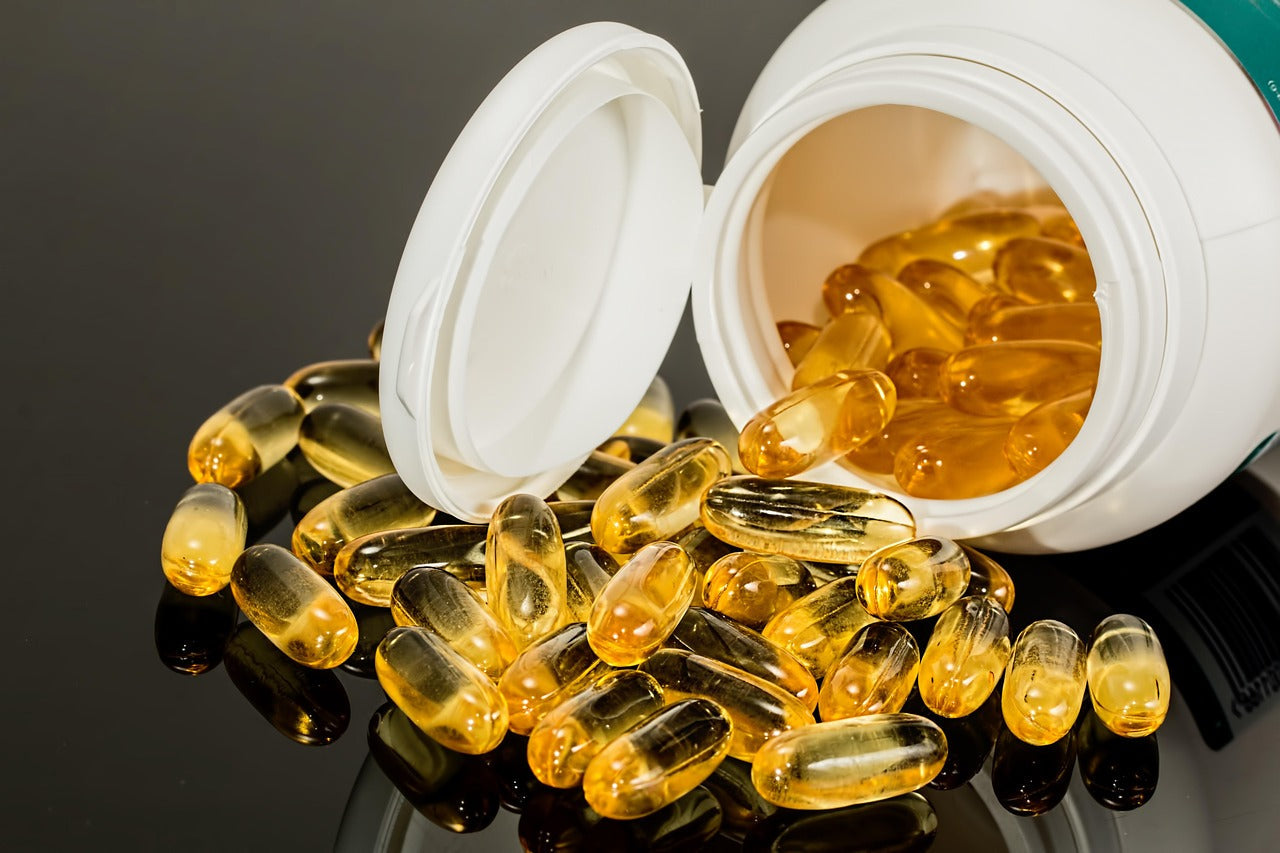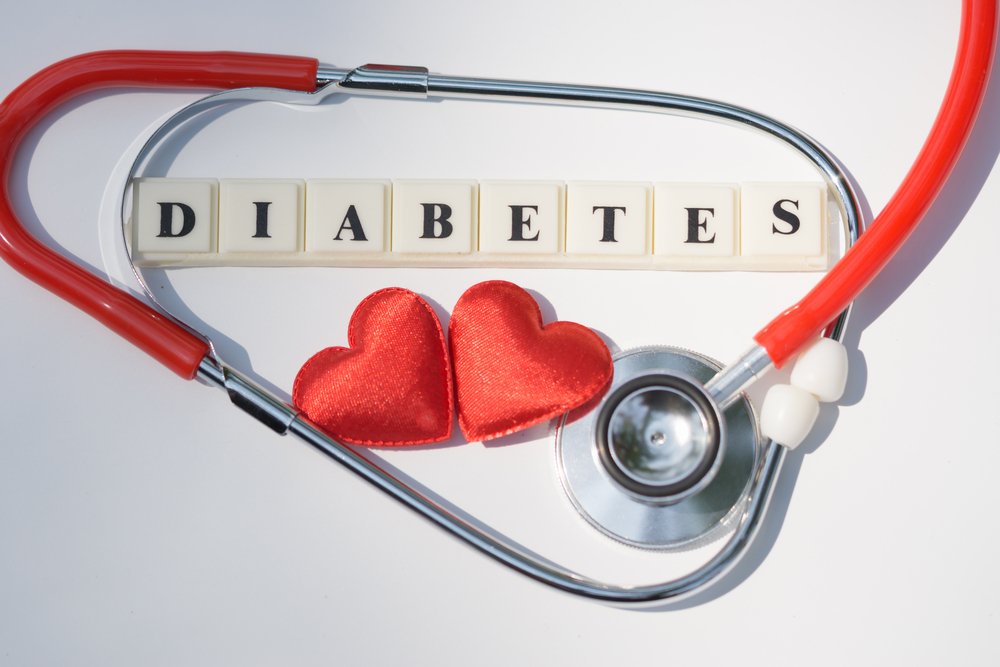Getting enough omega-3 fatty acids—especially EPA and DHA—is tough if fish isn’t your go-to. Here’s a simple, science-grounded guide to which seafoods deliver the most omega-3s, how much you really need, and when a supplement helps you reach protective levels.
Why Your Daily Omega-3 Target Matters
If your goal is heart- and brain-protective omega-3 levels, aim for ~800–1200 mg of EPA+DHA per day. You can meet that with fatty fish, supplements, or a combination. Diets low in EPA+DHA are common; testing and topping up (see “Omega-3 Index” below) can close the gap.
The Best Seafood Sources of EPA + DHA
Not all seafoods are equal. These options pack the biggest omega-3 punch per cooked 3.5-oz (≈100 g) serving:
-
Herring: ~1,828 mg EPA+DHA
-
Salmon: ~1,825 mg EPA+DHA
-
Tuna: ~1,474 mg EPA+DHA
-
Mackerel: ~1,279 mg EPA+DHA
-
Shrimp: Popular, but much lower in omega-3s
Quick math: one serving of salmon or herring already gets you well over the daily 800–1200 mg goal.
Why Most People Still Fall Short
Even though seafood is a powerhouse, U.S. consumption lags far behind other proteins. Only about 1 in 5 adults eats seafood twice weekly, and many have it less than once a month. Shoppers say they need help with freshness, origin, and how to cook—and over a third want nutrition info at the counter.
How Retailers (and You) Can Win
-
Ask for harvest location and harvest date
-
Choose non-fried preparations
-
Learn two easy methods (sheet-pan bake, pan-sear) and rotate species
Two Fish Meals May Not Be Enough
Emerging evidence suggests that 1–2 seafood meals/week often doesn’t raise omega-3 status to the protective range. In a large free-living analysis:
-
People who ate no fish and took no omega-3 supplement averaged an Omega-3 Index ≈ 4.1% (low).
-
Those who ate ~3 non-fried fish meals/week and used an EPA+DHA supplement averaged ≈ 8.1% (cardioprotective).
What Is the Omega-3 Index?
Your Omega-3 Index measures EPA+DHA in red blood cells.
-
Goal: ≥ 8% (associated with lower risk of fatal heart events)
-
Typical Western levels: < 6%, often ~4%
Action step: Test, adjust intake, and retest in ~3 months.
A Simple Weekly Plan to Hit 800–1200 mg/day
Option A: Food-First
-
2–3 fatty fish meals/week (e.g., salmon, herring, mackerel, sardines)
-
Mix in tuna (preferably pole-and-line, skipjack for lower mercury)
Option B: Hybrid (Most Practical)
-
2 fatty fish meals/week + a daily EPA+DHA supplement (check the label; count EPA + DHA, not “fish oil” grams)
Option C: Supplement-Forward
-
If you rarely eat fish, use a daily fish-, krill-, or algal-oil supplement that delivers 800–1200 mg EPA+DHA total.
Tip: The Supplement Facts panel should list EPA and DHA amounts. Add them to see your true daily dose.
Smarter Seafood Shopping & Prep (H3)
-
Choose oily fish more often; keep lean white fish for variety
-
Prefer baked, grilled, or pan-seared over fried
-
Stock canned salmon, sardines, or tuna for quick, affordable omega-3s
-
Ask your counter for recipe cards and origin/sustainability details
Diet Quality Still Rules
Globally, poor diet patterns (too few whole grains, fruits, nuts/seeds, and seafood omega-3s; too much sodium and ultra-processed foods) drive cardio-metabolic risk. Elevate seafood as part of an overall whole-food, minimally processed pattern for the biggest payoff.
Bottom Line (H3)
-
Target 800–1200 mg EPA+DHA daily
-
Prioritize fatty fish; support with a quality supplement if needed
-
Test your Omega-3 Index and personalize intake to reach ≥ 8%
-
Keep seafood non-fried and on repeat—your heart, brain, and eyes will thank you




